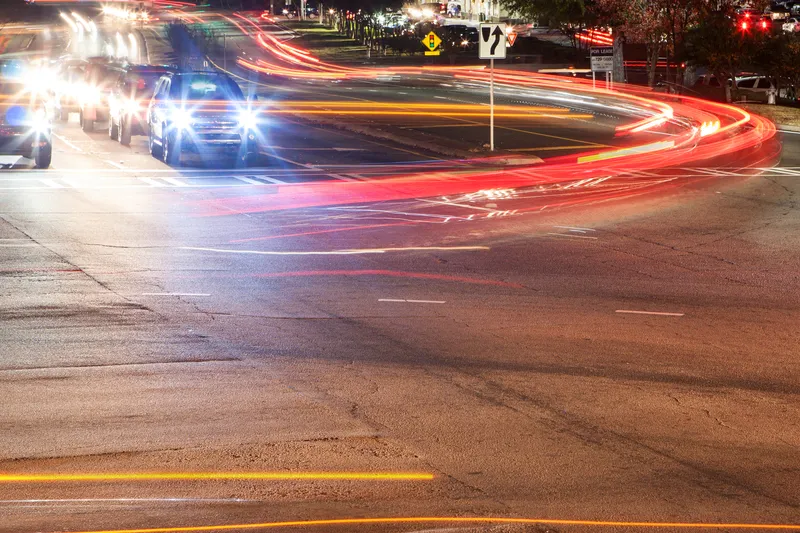Image Sensing Systems (ISS) is here at the ITS America Annual Meeting to highlight its RTMS Sx-300 radar and it is doing so against the background of a major deployment in Texas.
Texas Department of Transportation (TxDOT) was looking to address a need in El Paso to provide travel time information for the general public and to help with studies on ramp and arterial management after an incident occurs on the freeway. ISS along with its partner, Paradigm Traffic Systems and TrafficNow, provided a complete s
June 2, 2015
Read time: 2 mins

The combination of the RTMS Sx-300 and DeepBlue Bluetooth sensors by TrafficNow provide traffic information by being a big data source for up to 12 lanes of traffic.
The RTMS Sx-300 provides the point information such as volume, occupancy, speed and classification and the DeepBlue sensor provides the spatial information such as travel time and origin/destination matrix. The data from these two sensors will provide commuters around El Paso with travel information, allowing drivers to make smart decisions to help reduce their commute. “We had the perfect solution for this project,” said Ryan Zenzen, South Texas account manager at Paradigm Traffic Systems, Image Sensing’s distribution partner.
“The Sx-300 and DeepBlue sensor produce the accurate data needed for real-time travel information and give the customer the whole picture.”
This is also the first major installation of the RTMS Sx-300 radar. “The Sx-300 offers an integrated solution with industry leading zero setback capability and a best in class five-year warranty,” said Mike Ouellete, VP of RTMS Sales for Image Sensing Systems.
There are 32 RTMS Sx-300 radars and DeepBlue dual-channel sensors deployed and in operation on Interstate 10 around El Paso, Texas. More than 200 RTMS radars have now been deployed on the system.










